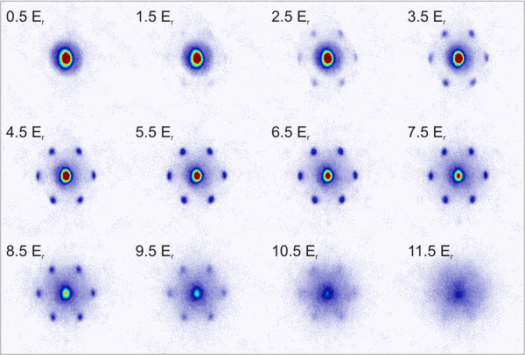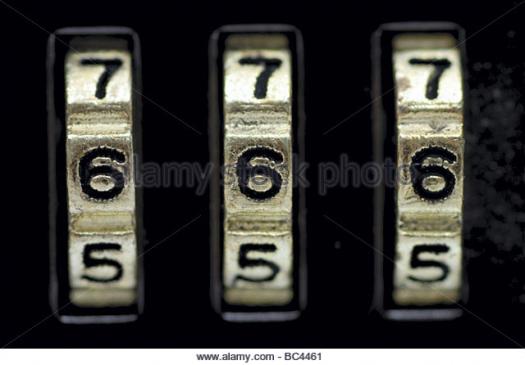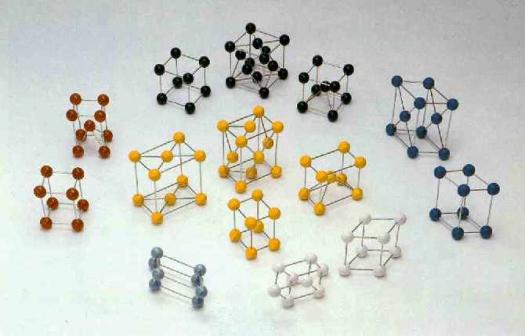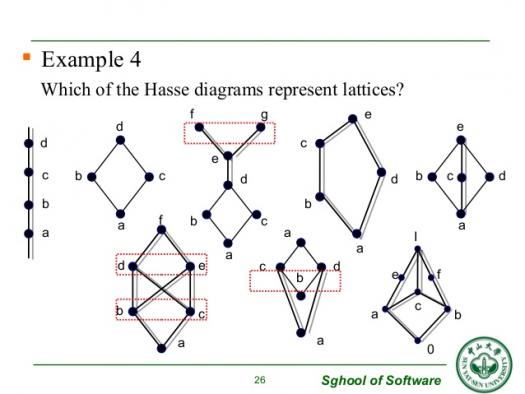How Much Do You Know About Polyhedra?

In geometry, a polyhedron (plural polyhedra or polyhedrons) is a solid in three dimension with flat polygonal faces, straight edges and sharp corners or vertices. The word polyhedron comes from the Classical Greek πολύεδρον, as poly- (stem of πολύς, "many") + -hedron(form of ἕδρα, "base" or "seat").
- 1.
Polyhedra is a topic in .....?
- A.
Mathematics
- B.
History
- C.
Music
- D.
Philosophy
Correct Answer
A. MathematicsExplanation
The correct answer is Mathematics because polyhedra are three-dimensional geometric figures with flat faces, edges, and vertices, which is a topic studied in mathematics. It involves understanding the properties, classifications, and relationships of these shapes.Rate this question:
-
- 2.
In geometry, polyhedra is a topic under?
- A.
Discrete geometry
- B.
Toric geometry
- C.
Digital geometry
- D.
Convex geometry
Correct Answer
A. Discrete geometryExplanation
Discrete geometry is the correct answer because polyhedra are a fundamental concept in this branch of geometry. Discrete geometry deals with the study of geometric objects that are discrete or countable, such as points, lines, and polygons. Polyhedra, which are three-dimensional geometric figures with flat faces and straight edges, are a key focus in discrete geometry. Therefore, polyhedra are a topic under discrete geometry.Rate this question:
-
- 3.
The topological class of a polyhedron is defined by its ..... characteristic and orientability.
- A.
Euler
- B.
Knuth
- C.
Leibniz
- D.
Newton
Correct Answer
A. EulerExplanation
The topological class of a polyhedron is defined by its Euler characteristic and orientability. The Euler characteristic is a fundamental concept in topology that relates the number of vertices, edges, and faces of a polyhedron. It is given by the formula V - E + F = 2, where V is the number of vertices, E is the number of edges, and F is the number of faces. The orientability of a polyhedron refers to whether it has two distinct sides or not. Therefore, the correct answer is Euler.Rate this question:
-
- 4.
There are .... types of highly symmetric polyhedron.
- A.
8
- B.
9
- C.
7
- D.
10
Correct Answer
A. 8Explanation
There are 8 types of highly symmetric polyhedron.Rate this question:
-
- 5.
There are how many generalisations polyhedra?
- A.
2
- B.
3
- C.
4
- D.
5
Correct Answer
B. 3Explanation
The question is asking for the number of generalizations of polyhedra. The correct answer is 3, which means that there are three generalizations of polyhedra.Rate this question:
-
- 6.
The earliest known written records of these shapes come from ....... authors.
- A.
Classical Greek
- B.
Modern English
- C.
Renaissance English
- D.
Medieval English
Correct Answer
A. Classical GreekExplanation
The correct answer is Classical Greek because it is stated that the earliest known written records of these shapes come from Classical Greek authors. This suggests that the shapes were first documented and described by authors from the Classical Greek period.Rate this question:
-
- 7.
Cubical gaming dice in China have been dated back as early as ......?
- A.
500 B.C
- B.
600 B.C
- C.
400 B.C
- D.
250 B.C
Correct Answer
B. 600 B.CExplanation
The correct answer is 600 B.C. This suggests that cubical gaming dice in China have been in existence since at least 600 B.C.Rate this question:
-
- 8.
Cubical gaming dice in ..... have been dated back as early as 600 B.C.
- A.
China
- B.
Austria
- C.
Japan
- D.
England
Correct Answer
A. ChinaExplanation
Cubical gaming dice have been dated back as early as 600 B.C. in China. This suggests that gaming with dice was prevalent in ancient Chinese culture. The discovery of these dice provides evidence of the early origins of gaming and the use of dice as a form of entertainment in China.Rate this question:
-
- 9.
By ...., Liu Hui was describing the dissection of the cube into its characteristic tetrahedron (orthoscheme) and related solids, using assemblages of these solids as the basis for calculating volumes of earth to be moved during engineering excavations.
- A.
236 A.D
- B.
245 A.D
- C.
352 A.D
- D.
200 A.D
Correct Answer
A. 236 A.DExplanation
Liu Hui's description of the dissection of the cube into its characteristic tetrahedron and related solids suggests that he was using these assemblages of solids to calculate volumes of earth to be moved during engineering excavations. This indicates that Liu Hui was likely involved in engineering and construction projects during his time. The given answer of 236 A.D. suggests that Liu Hui was active and making these calculations during this time period.Rate this question:
-
- 10.
By 236 AD, who was describing the dissection of the cube into its characteristic tetrahedron (orthoscheme) and related solids, using assemblages of these solids as the basis for calculating volumes of earth to be moved during engineering excavations?
- A.
Reinhold Hoppe
- B.
Bob Lee
- C.
Isaac Newton
- D.
Liu Hui
Correct Answer
D. Liu HuiExplanation
Liu Hui is the correct answer because he was describing the dissection of the cube into its characteristic tetrahedron and related solids. He used these assemblages of solids to calculate volumes of earth to be moved during engineering excavations. This suggests that Liu Hui had knowledge and expertise in geometry and engineering calculations during that time period.Rate this question:
-
Quiz Review Timeline +
Our quizzes are rigorously reviewed, monitored and continuously updated by our expert board to maintain accuracy, relevance, and timeliness.
-
Current Version
-
Mar 19, 2023Quiz Edited by
ProProfs Editorial Team -
Nov 10, 2017Quiz Created by
Livyn
 Back to top
Back to top












